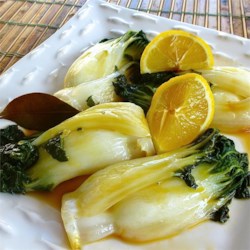I recall back in my college days the words of wisdom imparted to me by my speech professor. "The map is not the territory," he would say about verbal descriptions of events and places. And years later I would find those same words to be true concerning recipes. What's on the page isn't necessary what actually ends up in the finished product.
Take for example a recent recipe that I was following for a hot Italian sausage and white bean soup. In addition to the usual ingredients there was one I had not thought to include, that being a 16 oz package of coleslaw. I had browned the meat, added the diced onion and garlic, poured in the crushed tomatoes and the beans and put in some chicken broth for flavor when it came time to include the slaw. But by the time I had emptied only half the package I could easily see that the soup was about to become too thick, literally a log jam of roughage. So I decided not to add any more and put a twist tie around the remaining portion in the bag and put it away in the chill chest for another day. The soup continued to simmer and then cool on the porch. The flavors melded nicely and the soup was a potential hall of famer, redolent with warm spices and healthy anti-oxidants.
But what to do with the remaining coleslaw? That continued to weigh on my mind until in the middle of the night I had an epiphany, based on the comment from a friend. Isn't coleslaw basically just shredded cabbage? Eureka! That's it! I came downstairs and went to my compendium of soup recipes and thumbed through the section on cabbage soups. And there it was, just the recipe I needed to incorporate the remaining slaw.
What an insight! From now on when making a cabbage soup I will avoid all the mess and fuss of cutting and coring a head of cabbage and shredding it with my mandolin. Instead I will just purchase a bag of coleslaw and have all the work done for me. And, here, by the way, is the recipe for a great cabbage soup, coleslaw and all:
Slovenian Cabbage and Bacon Soup
2 medium onions, chopped (2 cups) 6 cups finely chopped cabbage (coleslaw!)
3 garlic cloves, minced 1 cup + 2 Tbsp chopped flat leaf parsley
2 Tbsp olive oil 1-19 oz can kidney beans, rinsed & drained
2 large potatoes, peeled and cubed 8 cups R. S. chicken broth *
10 oz bacon, cut into 1/4" strips salt & pepper to taste
Brown the bacon in a large pot. Add onions and cook until they are softened, 4 to 5 minutes. Add garlic and cook until fragrant, about 1 minute. Add cubed potatoes and kidney beans, stirring to incorporate. Pour in the chicken broth and sprinkle with 1 cup of parsley. Simmer, covered, stirring occasionally, until potatoes are very tender, 25 minutes.
Just before serving, stir in remaining 2 Tbsp of parsley. Season with salt and freshly ground pepper.
And feel free to adapt this recipe to your liking! Just like I did.
* denotes Reduced Sodium






























